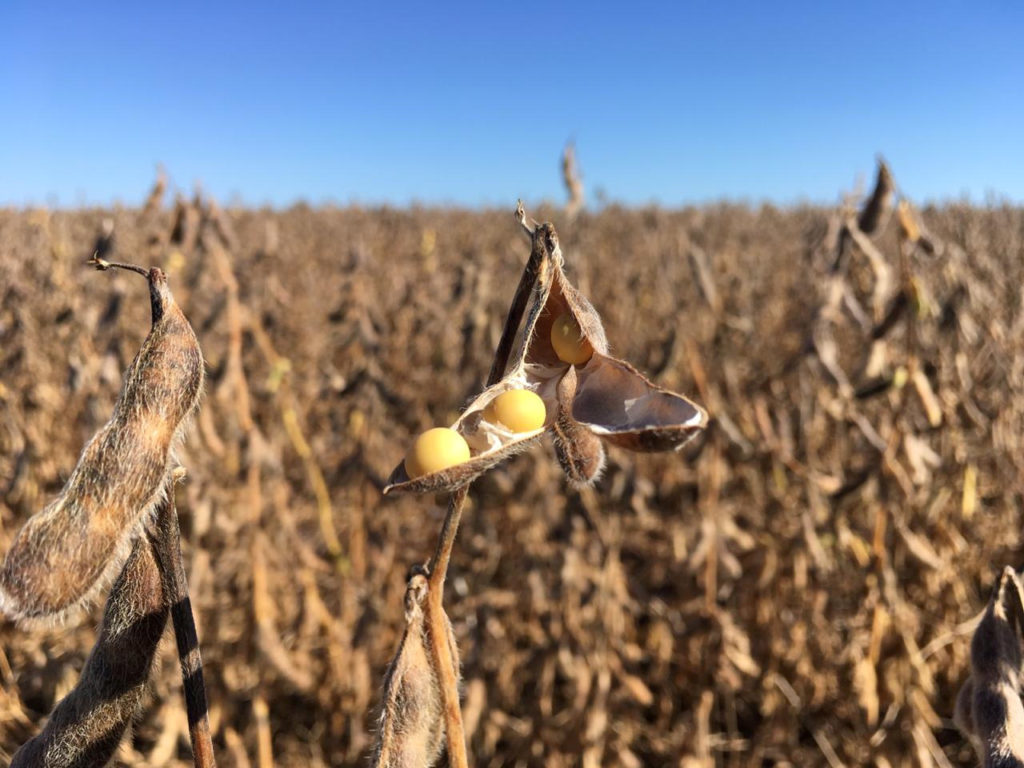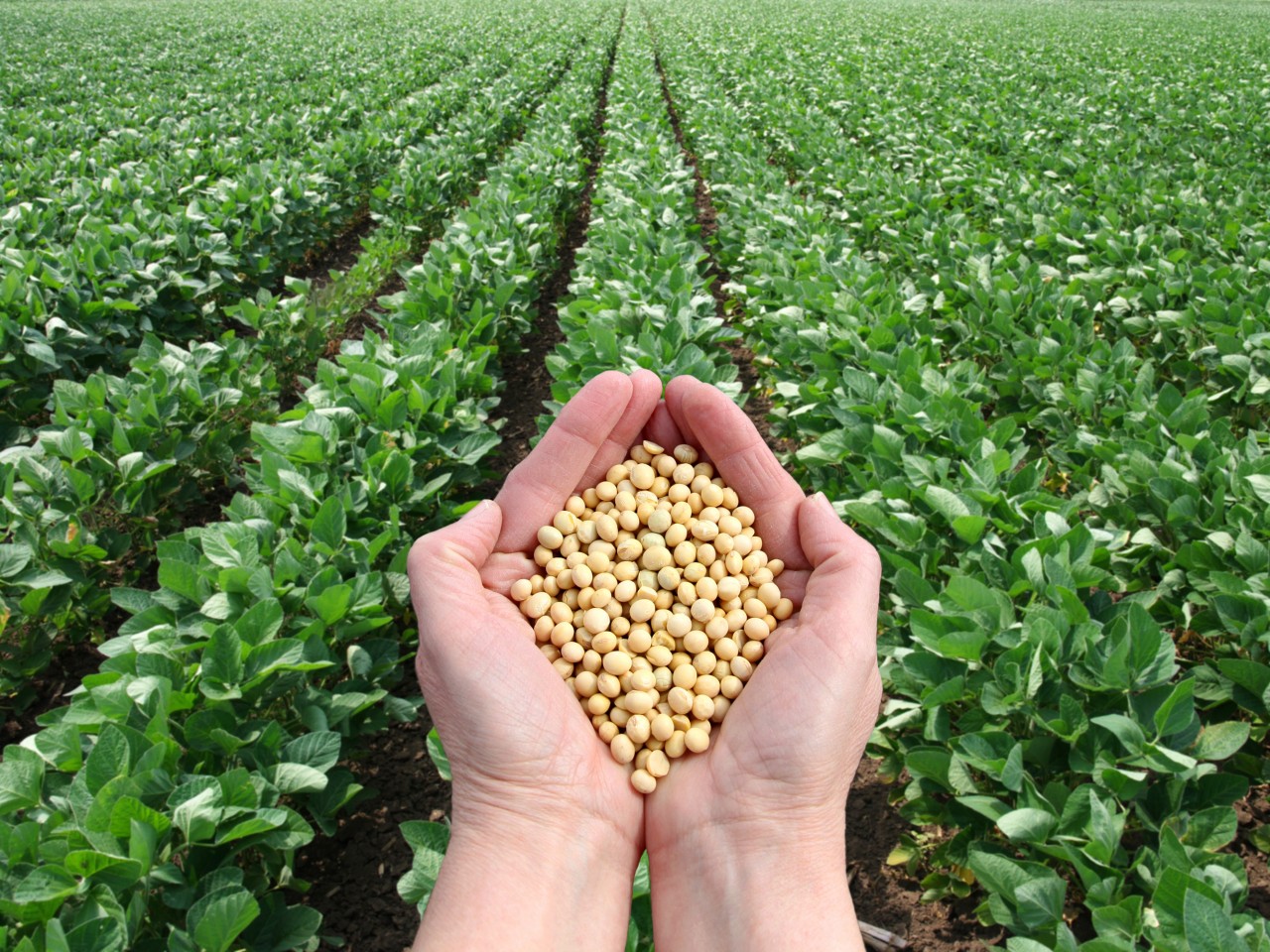4 Mins Read
What’s certain is that the growth in both the soy and beef industries have come at the expense of the Amazon rainforest.
As of 2019, Brazil is the world’s largest soy producer, with at least 24 million hectares of land devoted to cultivating soy crops, most of which are from GMO seeds. This area is set to expand as demand for soy continues to increase – the U.S. Department of Agriculture has projected a 123 million ton harvest in Brazil for this year alone.
Much of this is a leading cause of wildfires, as South American farmers start wildfires to clear forests for cattle grazing, a result of boundless global demand for beef. But what’s being talked about less is soy’s role in the crisis.
Brazil is home to around 200 million cattle and is the largest beef exporter in the world. Avoiding Brazilian meat imports (especially in Hong Kong, which along with China is the largest market for Amazon beef) or adopting a plant-based diet are absolutely proactive steps that do make a difference. But these “fire days” pushing deeper into the Amazon basin are also the result of massive soybean cultivation, most of which is used for livestock feed in South America and around the world, which in turn is feeding the global appetite for low-quality, inexpensive meat.
There is a soy-cattle-pasture-deforestation cycle going on. Soy replaces existing cattle pasture, which stimulates the need for more forest clearing for cattle grazing, promoting further Amazon deforestation. In addition to deforestation in Brazil, the phenomenon of land clearing for the soy crop and cattle ranching cycle is also occurring in other neighbouring countries, including northern Bolivia, Argentina and Paraguay. With more and more rainforest being lost, the hope of keeping global warming at manageable levels is becoming less likely.
Soybeans provide a high-protein food supply to raise cattle and other livestock, which consume 80% of Amazon soy, according to Yale’s Global Forest Atlas. The rest of the soy crops are used to make a myriad of commodity products, such as soybean oil or wax, a lot of which is used for processed food production.
According to the World Bank, demand for soy is expected to grow by 20% over the next decade. Along with canola, soybean oil is now the cooking grease of choice for multinational fast food chains, not to mention that soy derivatives are abundant in processed foods (e.g. soy isolate and soy lecithin). Urgent reflection about how our human appetite for cheap, fast, factory-made food contributes to Amazon deforestation, and what we can actually do about it.

Extending beyond the threat of climate change, soy cultivation, particularly the non-organic GMO kind, also uses significant amounts of agrochemicals and pesticides, which pollute waterways. Although a Greenpeace report in 2006 managed to provoke major corporate culprits responsible for deforestation and water contamination, such as McDonald’s and Cargill, to only trade deforestation-free soybeans, the production of soy has continued at the same rate.
Here’s where it hits closer to home: the majority of Brazilian soy exports go to China (including Hong Kong), with figures jumping almost 30% last year due to the ensuing US-China trade war. In addition to boycotting Brazilian meat imports, which are responsible for the majority of soy production (because the soy is used for livestock feed), we may want to think about our ever-growing appetite for soy too and considering where our soy comes from. It’s one of the real offline actions we can take to match the outrage we show online about Brazilian deforestation.
You can learn more from the Round Table Responsible Soy (RTRS), an organisation that promotes the responsible production of soybeans worldwide. The RTRS is not without its detractors given that industry players can pay to join, but it is useful in terms of setting global standards and committing suppliers in terms of accountability, which we desperately need. As always with the food industry, it comes down to we as consumers demanding transparency and traceability from producers, an uphill battle to say the least.
Lead image courtesy of DePaolo Equine Concepts.




